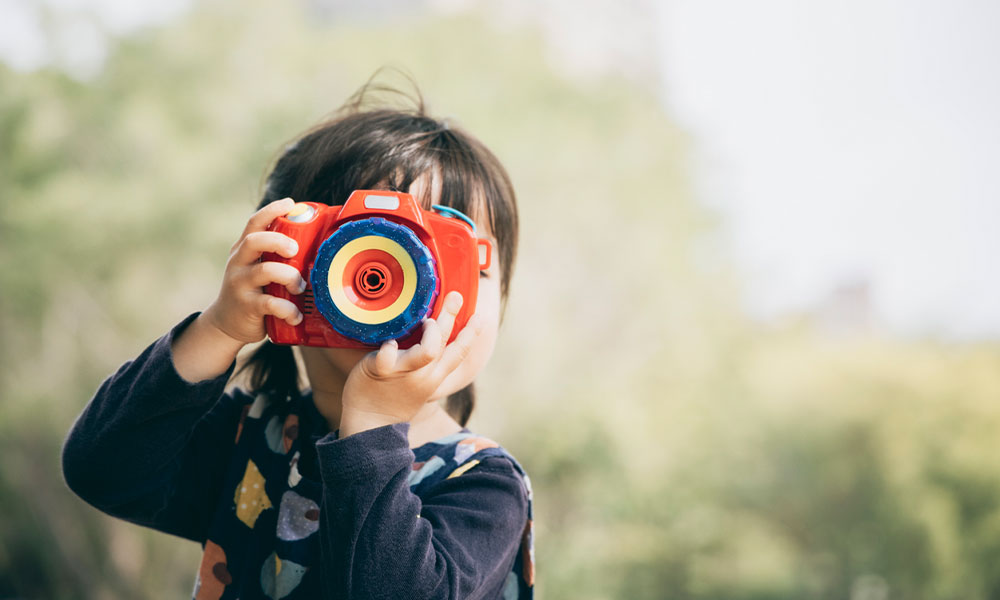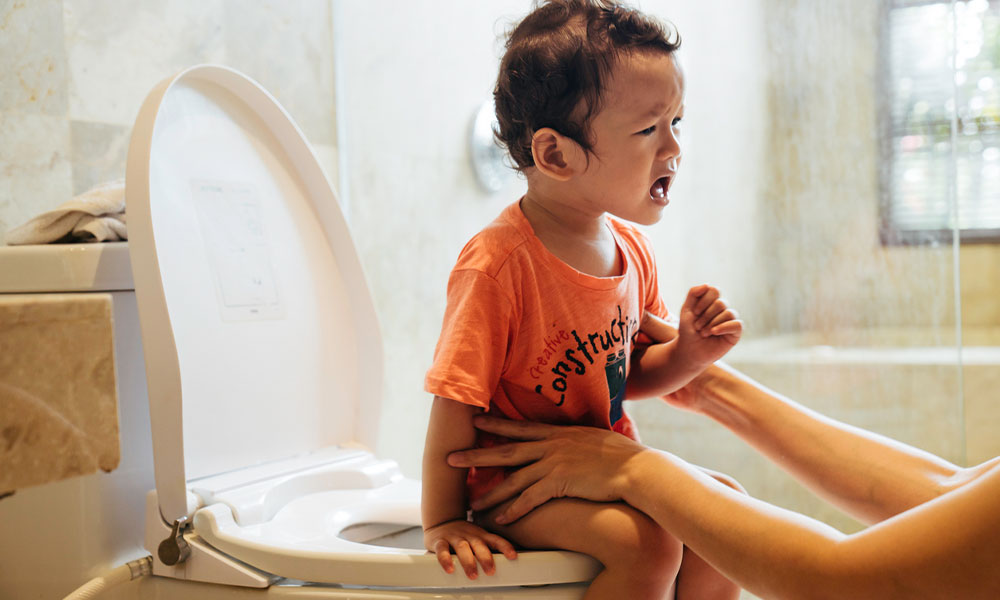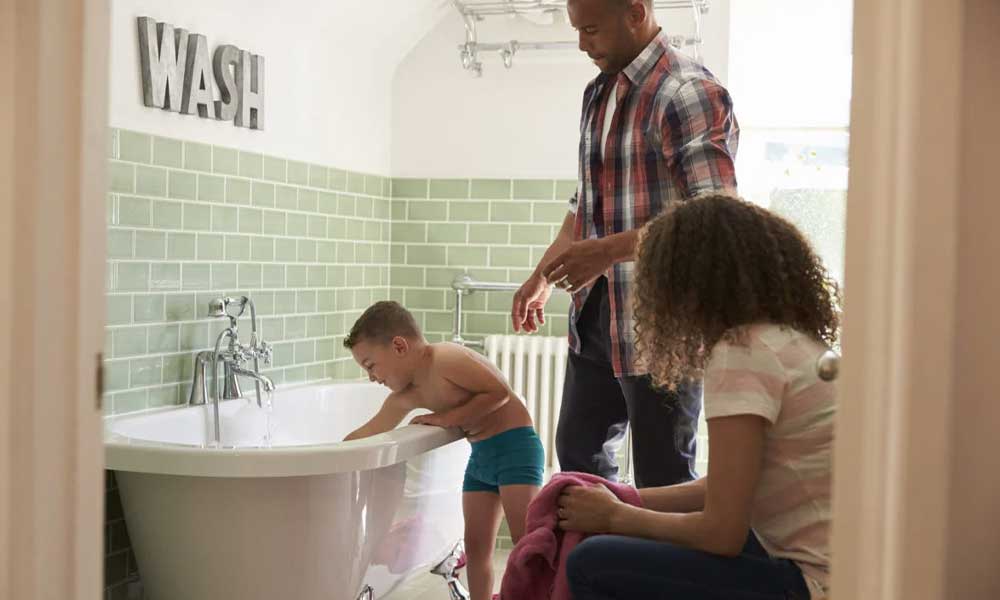Creativity is inherent to children, accompanied by a natural curiosity to explore and express it. As parents, we look forward to framing our children’s first work of art or seeing them in their first school play. However, creativity goes far beyond arts and crafts—-it can also be a valuable tool in fostering independence during a child’s early developmental stages.
At Kiddie Academy®, we strongly encourage children to let their imagination run free through child-led, educator-facilitated experiences that foster independent thinking. Here is how you can use the creative process to develop independence at home.
Your role as a parent
Observe your children and identify different activities they enjoy that showcase their creative side. To build their confidence, provide positive reinforcement and support your little ones in expressing their ingenuity by focusing on the process of creating rather than the final product.
Here are some books to inspire creativity:
- “Beautiful Oops!”: This engaging book is filled with interactive elements like pop-ups, lift-the-flaps and more that show that even mistakes can be a work of art.
- “Harold and the Purple Crayon”: Harold draws landscapes and stories that take him on a journey filled with exciting twists and turns.
- “Where the Wild Things Are”: After Max gets sent to bed by his mother, he wanders into an imaginary island where he is named king.
Encourage open-ended activities
Children become independent thinkers when allowed to be innovative. Prioritize imaginative, open-ended play scenarios that promote their interests and encourage them to participate in new and different activities.
Some activities that allow for creative choices during play include:
- Rewrite the song “If You’re Happy and You Know It.” Invite your little ones to sing and move to the original song to gain knowledge of the lyrics and tune. Then, encourage them to think of new verses and movements.
- Produce a family movie directed by them! Let them think of the theme and the characters and help them act it out in your given role.
- Introduce unstructured play time by setting up an art station with paper, crayons, markers, stickers and other art supplies and let them bring their ideas to life.
- Save a variety of “loose parts” or things that can be moved, manipulated and changed during play, like rocks, sticks, cups, paper tubes, ribbons and more. Then let your children “invent” something new.
Incorporate decision-making skills
Parents can enhance this practice by encouraging creative decision making as a way to foster individual thinking. At this stage, children respond positively to options rather than commands. Asking them to fulfill tasks through small, simple choices promotes self-exploration and critical thinking.
Activities such as picking out their outfits and getting dressed on their own, choosing what book to read at bedtime and selecting items to decorate their rooms are examples of ways children can build autonomy while showcasing their individuality.
This is a magical stage in a child’s life. When promoting creative expression, think outside the box, be flexible with your plans and motivate children to participate independently in new and different activities!



